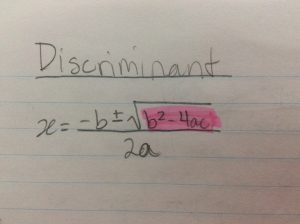C0DB7734-D3B6-4B29-8C66-98650547CF2B-2h8vz1t
The podcast above is about herd mentality and morality and how it relates to the novel “Lord of the Flies” by William Golding.
Work Cited:
By watching and imitating others, young children learn how to interact socially. They learn acceptable and unacceptable kinds of behaviour.
“Child Development and Early Learning.” Facts for Life – Child Development and Early Learning, www.factsforlifeglobal.org/03/4.html.
The years between 6 and 14—middle childhood and early adolescence—are a time of important developmental advances that establish children’s sense of identity.
Eccles, Jacquelynne S. “The development of children ages 6 to 14.” The future of children (1999): 30-44.
babies, children and teenagers tend to grieve in bursts, and at other times will look for reassurance and comfort in their normal routines and activities
Lissienko, Katherine. “Bereavement Reactions by Age Group.” Kidshealth, Kidshealth, 13 Sept. 2011, www.kidshealth.org.nz/bereavement-reactions-age-group.
Trying to raise a responsible, cooperative child without age-appropriate boundaries is like trying to raise a goldfish outside its fishbowl. Far from squelching the spirit, rules are needed for kids to flourish
“Why Kids Need Rules.” Parenting, 18 Mar. 2014, www.parenting.com/article/why-kids-need-rules.
living in an environment affected by chaos and poverty can lead to changes in the brain’s stress system that increase a child’s vulnerability to chronic diseases later in life.
http://www.urbanchildinstitute.org/sites/all/files/databooks/TUCI_Data_Book_VII_2012.05_family.pdf
Acting out reduces stress. It’s often a child’s attempt to show otherwise hidden emotions.
Attention issues: Children often seek attention from parents, peers, or other authority figures. If they don’t get the positive attention they want, they will act out to get negative attention.
Desire for power: Children often feel powerless. They’re usually unable to control their situations and environment. They act out because it allows them to feel in control of their actions.
https://www.healthline.com/health/acting-out
Mob mentality/ herd mentality
how people are influenced by there peers to be involved in certain behaviours
Contagion theory – uncontrolled wild frenzy – the beast
Convergent theory- choosing the correct answer from said choices
Emergent – norm theory – combination of like minded individuals
The theory adapted this idea in a sociological basis and stated as the transmission of ideas or even irrational behavior collectively displayed by an individual when engaged in a group. It is stated that large number of people are influenced by the contagious behavior of the group and avoids their individual responsibility.
CONTAGION THEORY
There are two main strands of convergence theory. One strand focuses on the shared traits of all humanity and argues that explosive crowd behavior is a result of latent tendencies that are often violent. The other strand emphasizes that crowds are homogenous in their makeup and are a result of like-minded individuals coming together to take action collectively.
https://www.enotes.com/research-starters/convergence-theory
Instead, norms emerge through a process of social interaction in which people look to others for cues and signs indicating various possibilities of what they might expect.
https://www.thoughtco.com/emergent-norm-theory-3026305
A natural desire to be part of the ‘in crowd’ could damage our ability to make the right decisions, a new study has shown. – University of Exeter
https://www.sciencedaily.com/releases/2014/12/141216212049.htm




















